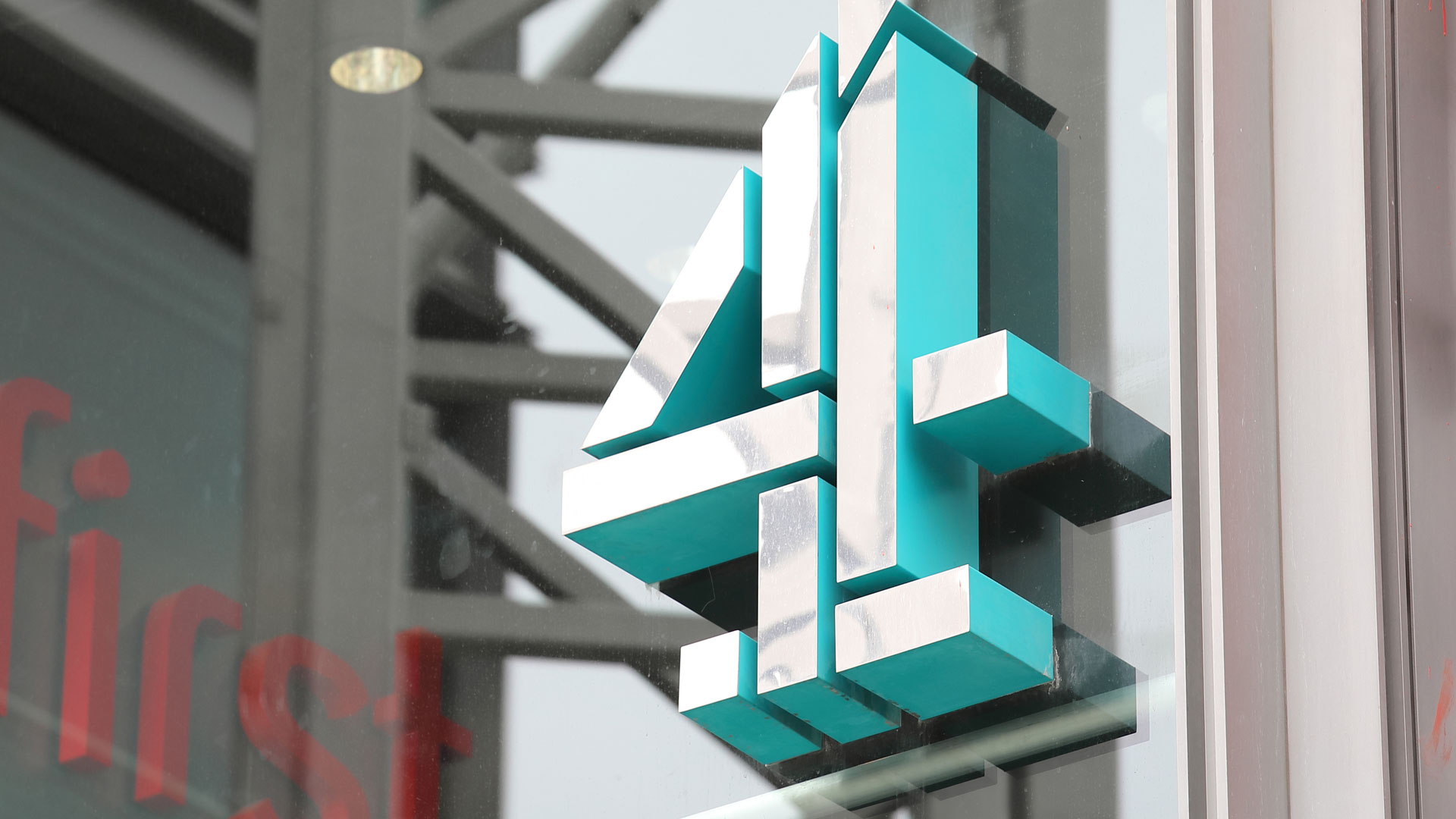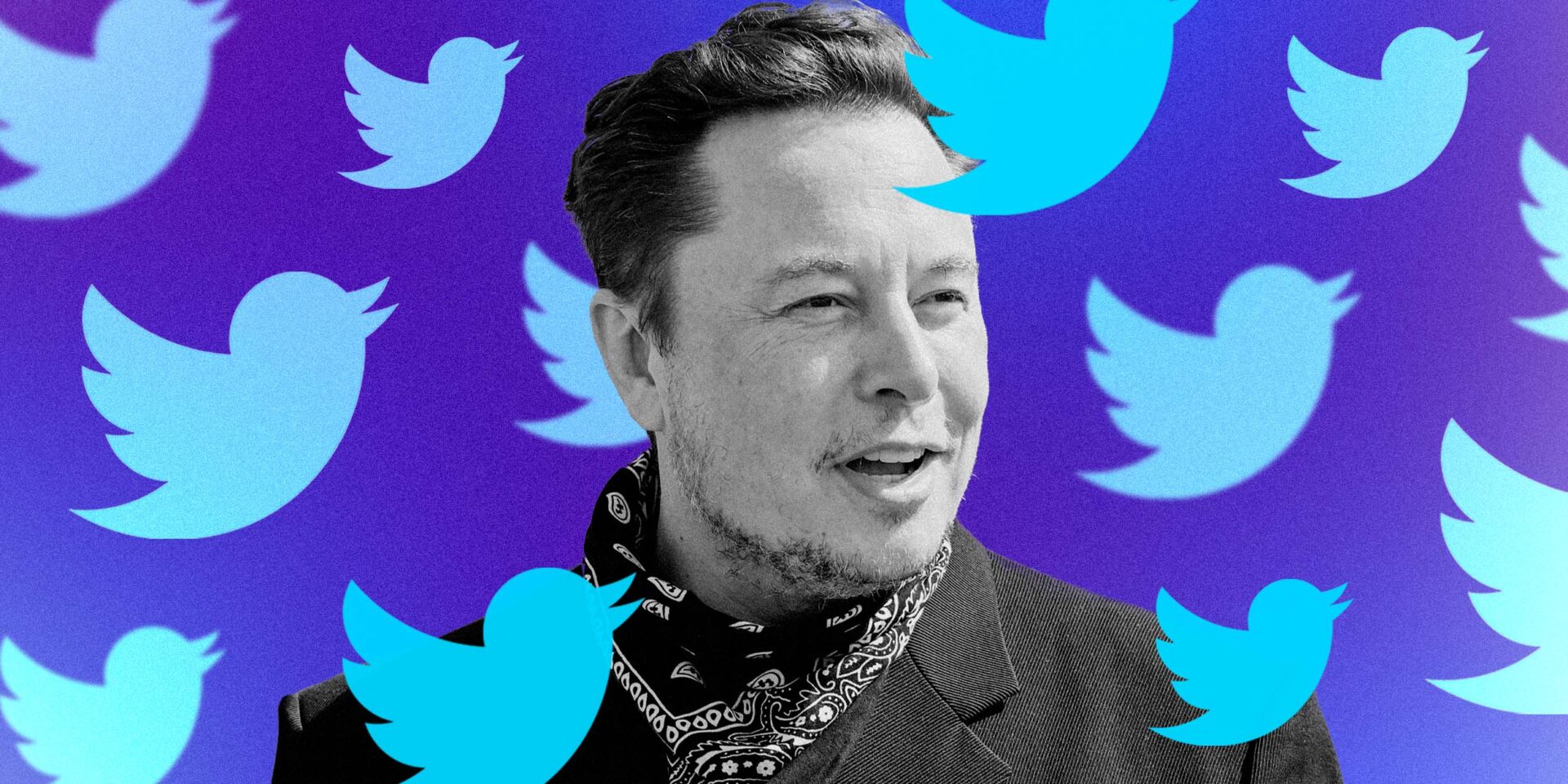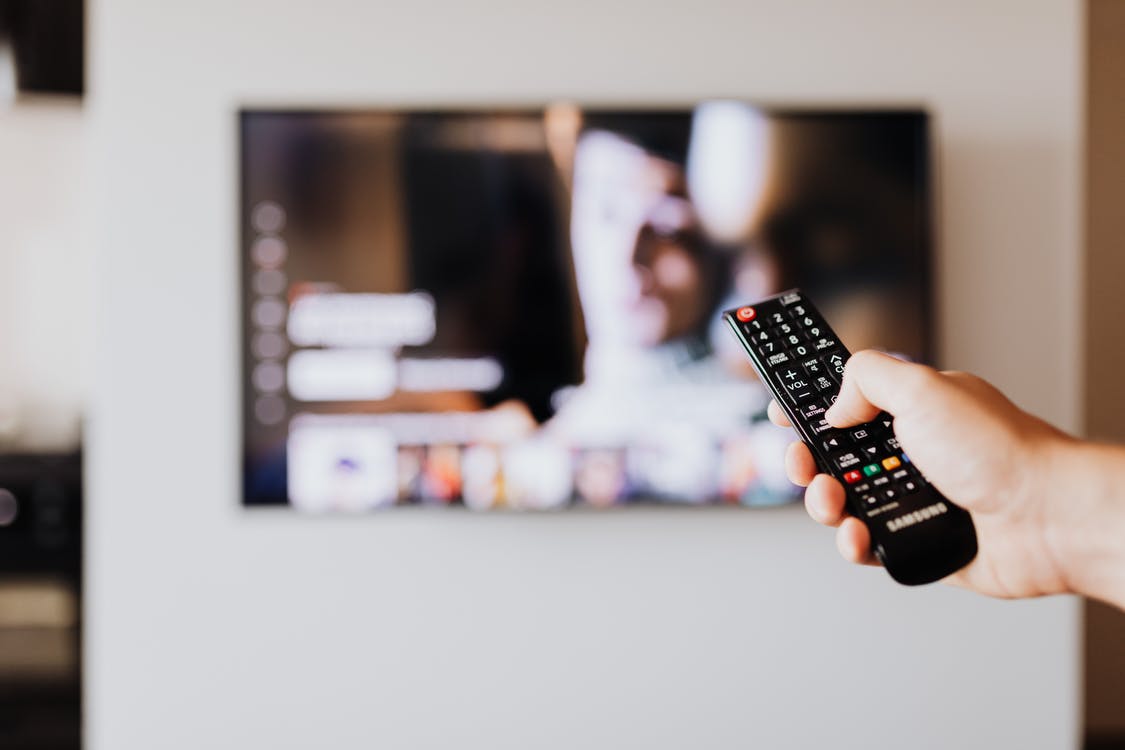
Google is sunsetting Universal Google Analytics (UA) on 1st July next year, pushing companies to speed up their migration to Google Analytics 4 (GA4). If businesses don’t have GA4 set up yet, now is the time.
Google Analytics 4 is a next-generation measurement solution that comes with a revamped interface, lots of new exciting features and a unified web and app measurement capability. GA4 represents a fundamental shift from the Universal Analytics we are familiar with data collection, setup and configuration, alongside the interface and reporting, are all very different. Due to these crucial differences, companies cannot start tracking everything in GA4 and compare like for like.
Whilst there’s a lot that has been simplified in GA4 (such as the interface, base setup, and data model), the fact that it’s so different means that companies should spend more time on planning their migration and learning the platform. It might take a year to collect enough meaningful data before being able to switch over, so there’s not a lot of time left. It’s highly recommended that companies have a complete and accurate GA4 set up by 30th June this year. This gives a year of historical data by the time UA stops processing reporting data.
On 1st July 2023, standard Universal Analytics properties will stop processing new data into the reports – though existing 360 license customers will get an additional three months before their reports stop showing new data on 1st October 2023.
Thereafter, companies will have access to UA report data for at least 6 months before those properties are fully removed. If companies need to store any historical data, this will be the time to export any required historical reports.
With such a major shift oncoming, the earlier companies start using GA4, the sooner they will be able to benefit from the latest enhancements and boost audience and marketing insights with machine learning, predictive reports and privacy-first features that are crucial today.
For businesses anxious about making the switch, the7stars’ Google Analytics champion Violetta Konar has created a handy checklist to guide you through the migration process.












Recent Comments